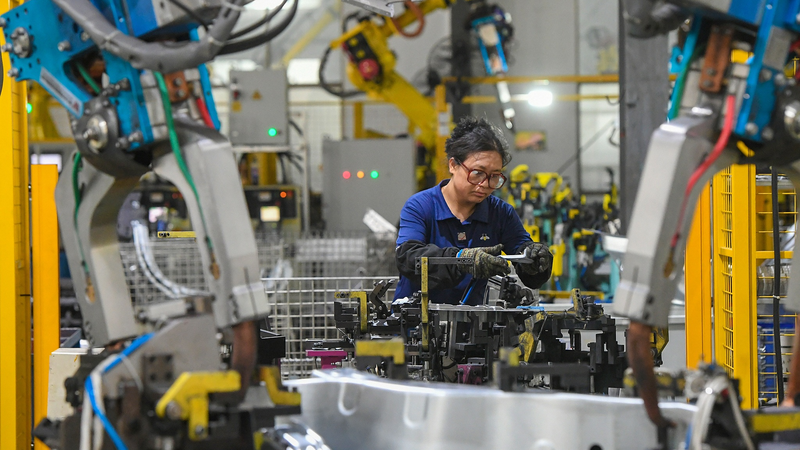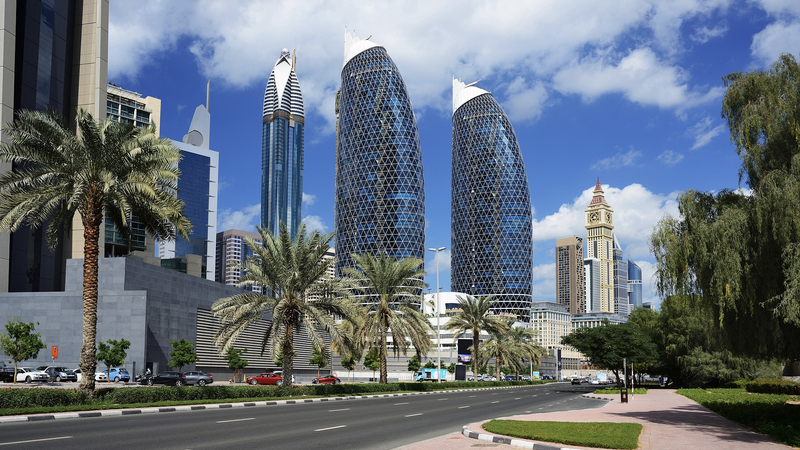In a year marked by inflation fears and uneven global recoveries, China surprised analysts with a robust 5.3 percent growth in the first half. According to the National Bureau of Statistics, this performance highlights the nation’s ability to adapt and evolve amid complex international pressures.
Behind the headline figure lies a story of stabilizing fundamentals. The job market remains steady, June’s consumer price index turned positive, and a rebound in core CPI over Q2 points to renewed consumer confidence. As spending picks up, the world’s most industrially complete economy is flexing its manufacturing muscle.
Equipment manufacturing is leading the charge, with breakthroughs in high-end CNC machine tools and industrial mother machines reinforcing China’s real-economy backbone. This comprehensive industrial ecosystem acts as a protective “moat,” helping shield growth from external shocks.
At the same time, domestic demand continues to drive expansion. Consumption now accounts for more than half of economic growth, and service spending is outpacing goods. Cultural tourism has exploded, logistics have become more efficient, and upgraded infrastructure is creating a virtuous cycle where people, products, and capital move more freely.
As new, quality-driven productive forces take shape, China’s economy appears poised to navigate future headwinds with greater agility. For young global citizens, entrepreneurs, and thought leaders alike, this transformation offers a roadmap to understanding how emerging-market economies can redefine resilience through strategic upgrading and consumer-led momentum.
Reference(s):
Unexpected resilience and further economic transformation of China
cgtn.com




